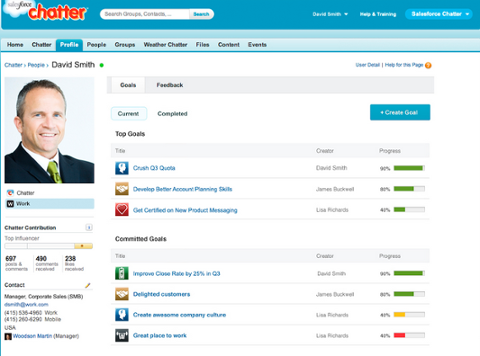- What Most People Say: “I’m not really sure. I just know that ITIL provides a set of best practices for IT service management.”
- What You Should Say: “ITIL is definitely meant to be subscriptive; it wasn’t intended to impose a standard or a rigid set of rules. ITIL provides a moldable framework that can be shaped to meet a company’s needs and environment.”
- Why You Should Say It: ITIL is so broad that many organizations would collapse if they attempted to apply every single component. Consultants should not attempt to mandate total compliance. After conducting a gap analysis, the consultant should tailor recommendations to match the company’s cost savings and service level goals.
- What Most People Say: “I’m not really sure.”
- What You Should Say: “An SLA is a contractual agreement between a customer and a supplier that defines the service level the supplier must achieve. It extends the service definition from the Service Catalogue by providing a series of service-level targets and performance metrics that specify the desired results. Here’s an example of an incident resolution goal: 90 percent of priority incidents must be resolved within four hours.”
- Why You Should Say It: Consultants view an SLA as a critical tool in the improvement of service delivery. The document not only outlines each party’s responsibilities; it provides financial motivation to achieve key benchmarks and goals through the application of performance incentives and penalties.
- What Most People Say: “Although I’ve heard of OLAs and Underpinning Contracts, I’ve never actually used them.”
- What You Should Say: “An Operational Level Agreement (OLA) is an agreement between an IT service provider and a department within the organization. For instance, the server team might have an OLA with the network support team. An Underpinning Contract (UC) is an agreement between an IT service provider and an external vendor, such as a cloud provider or parts supplier. These foundational documents work in concert to support the attainment of the goals outlined in the SLA. They create interdependencies and hold everyone in the service chain accountable for results.”
- Why You Should Say It: ITIL provides a set of inter-related documents that support the achievement of service management goals. Utilizing all of the pieces in the puzzle gives you the best chance of success.
- What Most People Say: “The CAB should review every single change.”
- What You Should Say: “Under the ITIL framework, the CAB is supposed to review all normal changes. They should not review standard changes, which is a term that applies to low-risk pre-authorized changes that follow a defined procedure or work instruction. And emergency changes should be approved by the Emergency Change Advisory Board (ECAB).”
- Why You Should Say It: It’s important to demonstrate a complete grasp of the change management approval process during an interview. Failing to adhere to the ITIL guidelines can expose an organization to unnecessary and significant risk.
- What Most People Say: “I think you should maintain the same ratios.”
- What You Should Say: “You should try to minimize the number of emergency changes as they often result from a major incident or unplanned service disruption. And you should evaluate your time-intensive normal changes and convert as many as possible into standard changes, which are more efficient and expedient.”
- Why You Should Say It: ITIL classifies changes based on impact and risk. A high ratio of emergency changes does not point to good planning, application of best practices or service levels. And some 80 percent of normal changes can be processed more efficiently as standard. Paying close attention to change management can have a big impact on service delivery.
- What Most People Say: “An example of a service is desk-side support. A process is something you do over and over again and I’m not sure what a function is.”
- What You Should Say: “An IT service is defined in an SLA. It’s a service delivered by IT to customers using people, processes and technology. A process is a standardized, repeatable and structured set of activities that are designed to achieve a specific goal. A process takes one or more defined inputs and turns them into defined outputs and spells out each party’s roles and responsibilities. A function is a team or group of people and the tools they use to carry out processes or activities.”
- Why You Should Say It: ITIL works because it creates standard definitions within the service delivery context. If you don’t understand the difference between a process and a function, or you don’t know how to define and apply ITIL’s key components, your consulting engagement will be doomed from the outset.
Upload Your ResumeEmployers want candidates like you. Upload your resume. Show them you're awesome.



